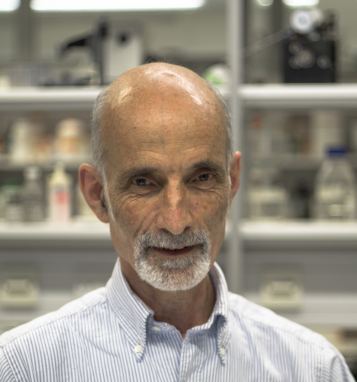Jonathan Ashmore has worked on dissecting the cellular mechanisms of hearing by studying the complexities of the mammalian cochlea — a structure in the inner ear that increases the selectivity and sensitivity of our hearing through an in-built amplifier. He showed that specialised cells known as outer hair cells are responsible for this unique function.
In response to sound, outer hair cells lengthen then shorten through a process controlled and powered by the flow of electrically charged molecules such as potassium ions. This contraction propagates and amplifies sound, and Jonathan was the first to capture it on film during his Rock Around the Clock Hair Cell video.
His current work combines biophysical methods — including the patch-clamp technique usually applied to membrane proteins — with confocal microscopy imaging and computational modelling to expand our knowledge of hearing at the molecular and cellular level. His findings are helping to unravel the nature and origins of hearing-related conditions like deafness and tinnitus.
Subject groups
- Multicellular Organisms
Awards
-
Croonian Medal and Lecture
For his significant contributions to the field of sensory neuroscience, shaping our current understanding of inner ear physiology, in particular for his analysis of the role of cochlear hair cells in normal hearing.

